Interview: Biodiversity-rich South Africa, China have a lot to share in this sector: conservationist
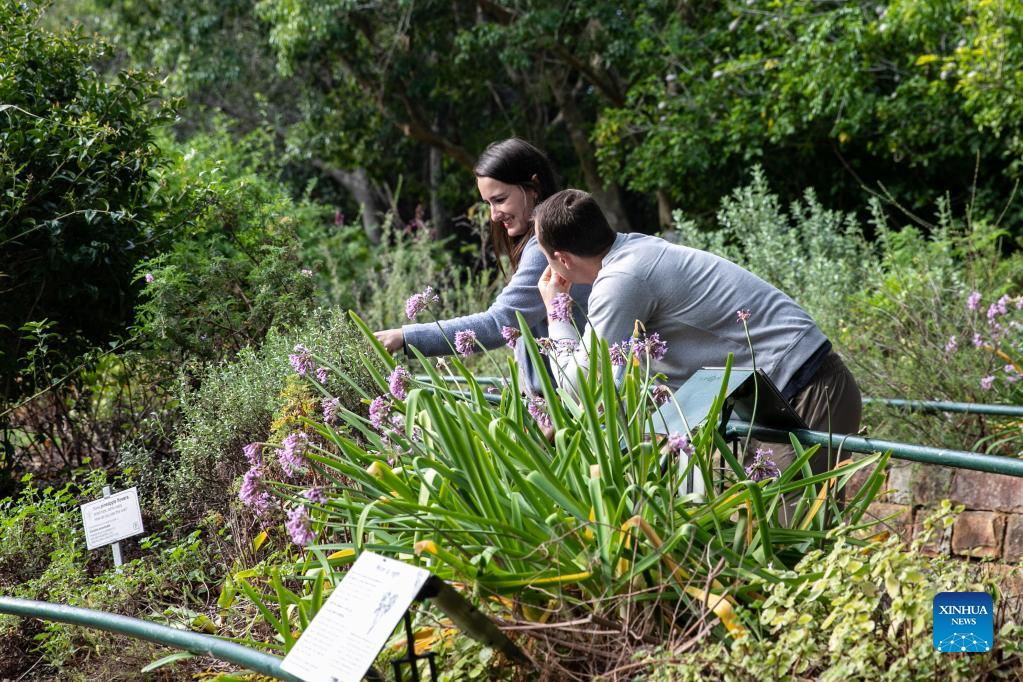
Visitors look at flowers at Kirstenbosch National Botanical Garden in Cape Town, South Africa, on May 22, 2022. (Xinhua/Lyu Tianran)
CAPE TOWN, May 22 (Xinhua) -- As both South Africa and China are among the most biodiversity-rich countries in the world, they can share many things in this sector, from restoration experience to technological advances, a senior member of the Botanical Society of South Africa said ahead of Sunday's International Day for Biological Diversity.
The two countries can share a lot of things, especially experiences with restoration, collection of material for biodiversity purposes as well as technological advances that have been made, and such knowledge transfer and learning from each other's lessons would be "an excellent place" to start biodiversity collaboration, the organization's Conservation Manager Rupert Koopman told Xinhua in an earlier interview in Cape Town.
The Botanical Society of South Africa was founded in 1913 to help develop and support the country's national botanical gardens. Its mission has since grown to supporting plant conservation across South Africa through its branches and by working with key partners.
As China is scheduled to host the second phase of the 15th meeting of the Conference of the Parties to the United Nations Convention on Biological Diversity (COP15) later this year, after hosting the first phase last October, more collaboration between African countries is expected at the meeting, which brings their experiences together from across the continent, Koopman said.
"Definitely there has been an increase in cohesion from the African continent in terms of what we need and also what we can bring to the table in terms of our lessons learnt, to share with the broader biodiversity community in terms of our experiences," he told Xinhua at Kirstenbosch National Botanical Garden.
"Emphasis and bringing together of ideas is always going to be the best outcome out of these big meetings," Koopman said.
The meeting will convene governments from around the world to agree to a new set of goals for nature over the next decade through the Convention on Biological Diversity post-2020 framework process. It will also look at the implementation of the protocols of the Convention on Biological Diversity that deal with the fair and equitable sharing of benefits from the use of nature, and the safe transport, handling and labelling of living modified organisms (LMOs).
According to Koopman, South Africa has rich biodiversity in plants, and fynbos in the southwestern part of the country, for example, are "very very rich" in threatened species.
There are also patches of high biodiversity in the provinces of Eastern Cape, Kwazulu-Natal, Mpumalanga and Northern Cape, he said.
The massive differences of biodiversity across South Africa also make the conservation difficult, Koopman said.
"From desert right through to forest, and the winter rainfall fynbos and summer rainfall grasslands, is that there's a lot to protect and a lot to look after," he said, noting that the country needs more people and more resources to protect the biodiversity.
According to official figures, while the southern African country occupies only 2 percent of the world's land surface area, it is home to 10 percent of the world's plant species and 7 percent of its reptile, bird and mammal species.
South Africa also has around 15 percent of the world's marine species, and is ranked among the top three countries globally in terms of plant and marine species endemism, the government said.
Like other developing countries in the global South, the country also faces a challenge to keep balance between development and looking after the precious diversity, Koopman said.
The top three threats to South Africa's biodiversity are habitat transformation, which would be cleared or blended for development, habitat degradation, where land isn't used optimally, and the invasive alien species, which compete with the native species and change the land, he said.
However, Koopman said, South Africa has "an incredible history of mapping" and is able to take into consideration biodiversity hotspots in planning processes.
The country also has a very strong citizen science community which goes out and monitors plants, he added.

Photo taken on May 22, 2022 shows a view of the Kirstenbosch National Botanical Garden in Cape Town, South Africa. (Xinhua/Lyu Tianran)

Visitors walk at Kirstenbosch National Botanical Garden in Cape Town, South Africa, on May 22, 2022. (Xinhua/Lyu Tianran)
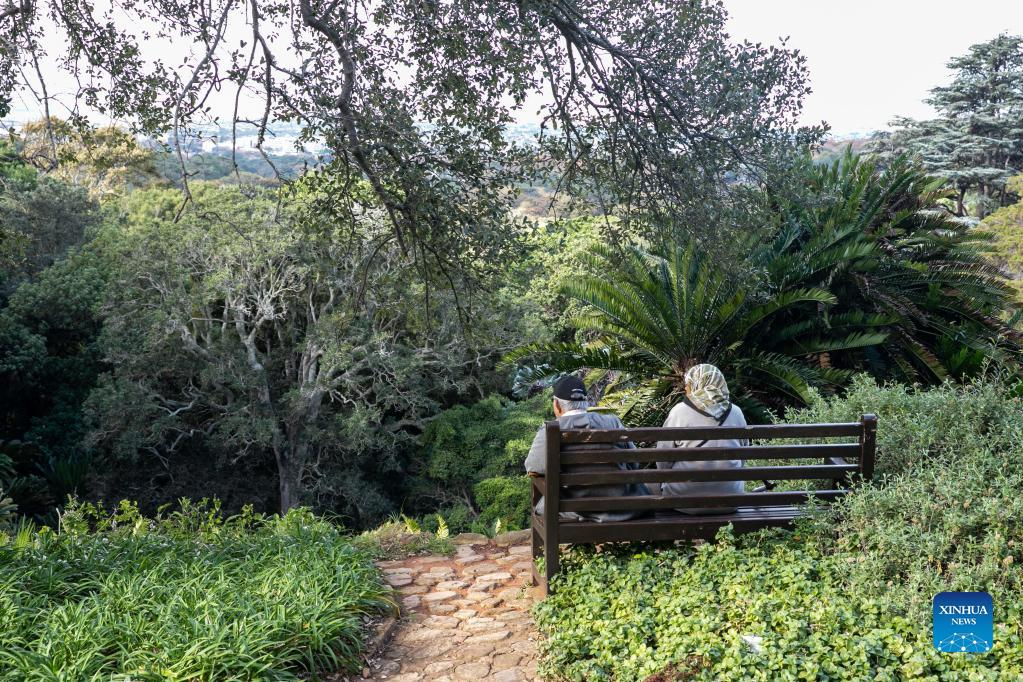
Visitors sit on a bench at Kirstenbosch National Botanical Garden in Cape Town, South Africa, on May 22, 2022. (Xinhua/Lyu Tianran)
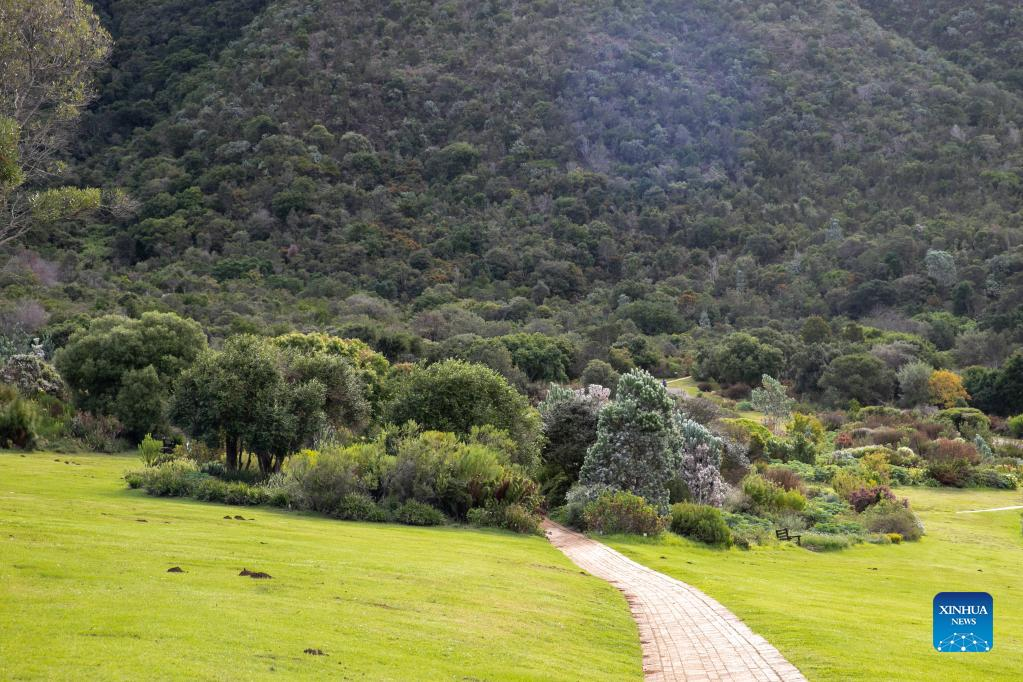
Photo taken on May 22, 2022 shows a view of the Kirstenbosch National Botanical Garden in Cape Town, South Africa. (Xinhua/Lyu Tianran)
Photos
 China’s central bank to issue commemorative coins on cultural theme of auspiciousness, including two heart-shaped coins
China’s central bank to issue commemorative coins on cultural theme of auspiciousness, including two heart-shaped coins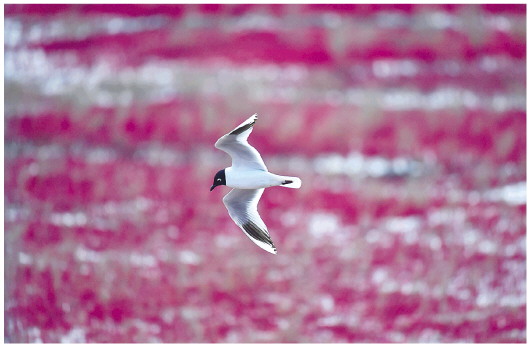 Population of endangered black-headed gulls exceeds 10,000 mark in NE China’s coastal city of Panjin
Population of endangered black-headed gulls exceeds 10,000 mark in NE China’s coastal city of Panjin China's self-developed floating airship breaks record
China's self-developed floating airship breaks record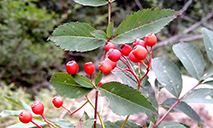 Chinese germplasm bank conserves biodiversity in warm temperate zone
Chinese germplasm bank conserves biodiversity in warm temperate zone
Related Stories
- More than 10 endangered plants discovered in east China
- Chinese germplasm bank conserves biodiversity in warm temperate zone
- Endangered Yangtze finless porpoises spotted in Yichang, Hubei Province
- Massive carbon emissions reduce biodiversity 300 mln years ago: study
- In pics: Exploring China's first National Botanical Garden in Beijing
Copyright © 2022 People's Daily Online. All Rights Reserved.






